As the growing season progresses, cooler temperatures and early frosts often signal the end of harvesting for many gardeners. However, with strategic use of season-extending covers, you can protect crops, extend the growing season, and enjoy fresh produce long after the summer heat has faded. Season-extending covers—ranging from row covers and hoop houses to cold frames and cloches—create microclimates that shield plants from cold, wind, and frost, allowing them to continue growing and producing.
This guide explores the types of season-extending covers, how they work, which crops benefit most, and best practices for using them to maximize late-season harvests.
Why Season-Extending Covers Matter
Season-extending covers are valuable tools for gardeners seeking to prolong productivity:
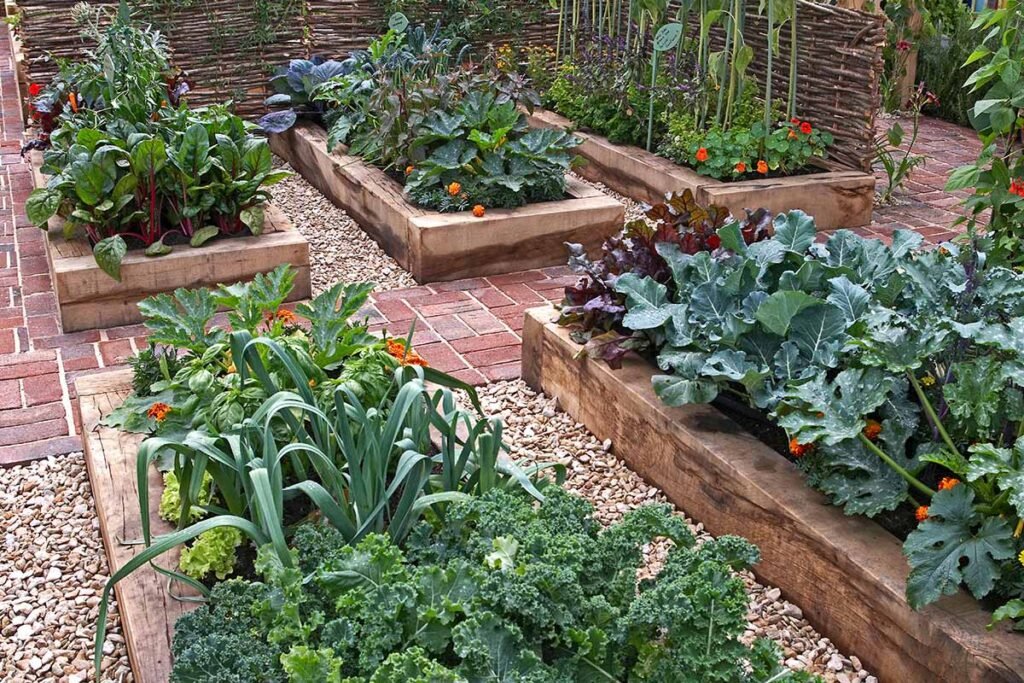
- Frost Protection: Covers create a barrier that traps heat and protects plants from frost damage.
- Temperature Regulation: They help maintain warmer soil and air temperatures around plants, encouraging growth even in cooler conditions.
- Extended Harvests: By mitigating cold stress, gardeners can harvest vegetables, greens, and herbs for weeks longer than in unprotected beds.
- Pest and Weather Defense: Covers shield crops from wind, heavy rain, and some pests, reducing crop loss and improving plant quality.
With proper use, these covers can transform a garden that would otherwise shut down in fall into a productive, late-season vegetable haven.
Types of Season-Extending Covers
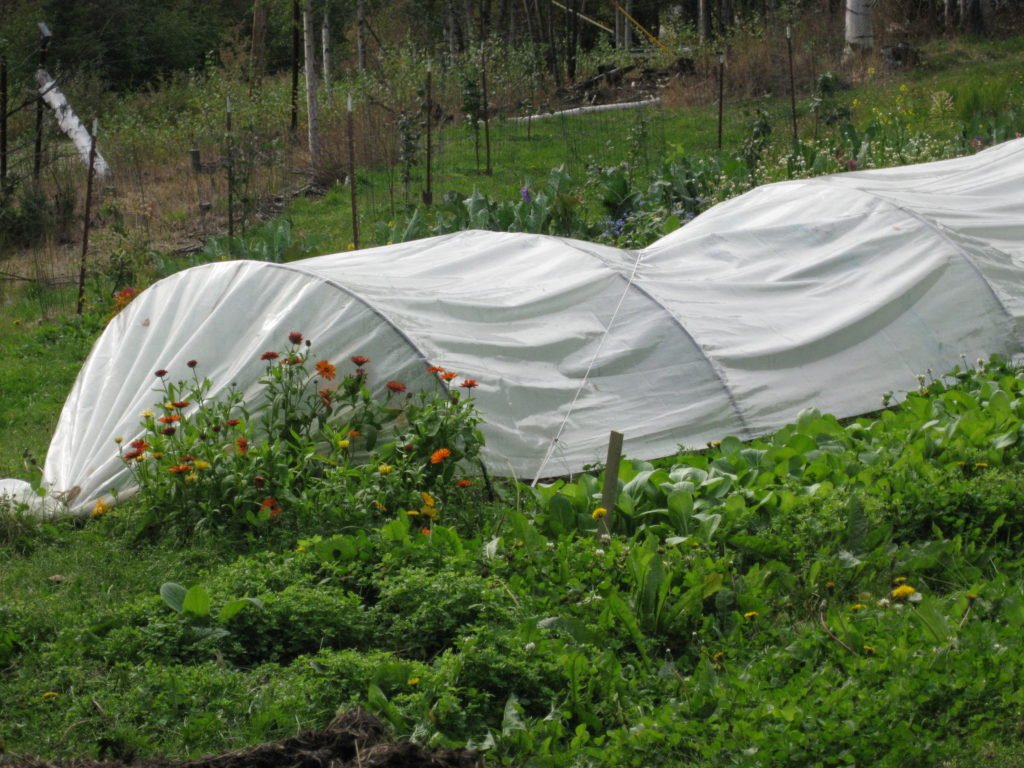
Different types of covers serve varying purposes and garden setups. Choosing the right cover depends on your climate, crop type, and garden size.
1. Row Covers
Row covers are lightweight, breathable fabrics that drape over plants. They allow sunlight, air, and moisture to pass through while providing frost protection.
Benefits:
- Protects crops from frost, wind, and some insects.
- Lightweight and easy to install or remove.
- Ideal for leafy greens, herbs, and small vegetables.
Tips for Use:
- Secure edges with soil, stakes, or clips to prevent wind from lifting the cover.
- Remove covers during warm days to prevent overheating.
- Ideal for crops like spinach, lettuce, kale, and arugula.
2. Hoop Houses
Hoop houses consist of arched supports covered with plastic or fabric. They create a mini greenhouse effect, providing consistent warmth and protection from frost.
Benefits:
- Extends the growing season by several weeks or months.
- Protects crops from wind, frost, and snow.
- Can accommodate taller plants like tomatoes, peppers, and cabbage.
Tips for Use:
- Ventilate during sunny days to prevent overheating and humidity buildup.
- Use sturdy materials to withstand wind and snow.
- Combine with drip irrigation or soaker hoses for consistent watering.
3. Cold Frames
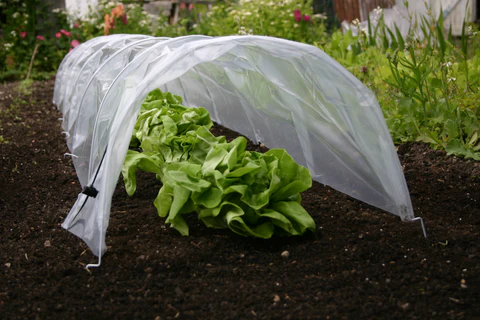
Cold frames are low, box-like structures with transparent tops that trap heat from the sun while protecting plants from cold weather.
Benefits:
- Ideal for hardening off seedlings or protecting tender crops in late fall.
- Can be used for growing greens and herbs through winter in mild climates.
- Allows easy access for planting and harvesting.
Tips for Use:
- Tilt the frame southward for maximum sunlight exposure.
- Open during warm days for ventilation and close at night for frost protection.
- Line the bottom with black plastic or mulch to increase heat retention.
4. Cloches
Cloches are individual plant covers made of glass, plastic, or even cut-off bottles that create a mini-greenhouse around a single plant.
Benefits:
- Protects individual plants from frost and wind.
- Lightweight and portable.
- Perfect for small-scale or high-value crops like herbs, lettuce, and young seedlings.
Tips for Use:
- Ensure ventilation on sunny days to prevent overheating.
- Secure them to prevent them from blowing away in strong winds.
- Can be used in combination with row covers for extra protection.
Crops That Benefit Most From Season-Extending Covers
Season-extending covers are particularly beneficial for frost-sensitive crops and cold-tolerant greens. Some examples include:
- Leafy Greens: Kale, spinach, lettuce, arugula, and Swiss chard continue producing leaves under covers.
- Root Vegetables: Carrots, beets, radishes, and turnips develop sweetness in cooler temperatures and are protected from frost.
- Cabbage Family: Broccoli, cabbage, and cauliflower tolerate cold better when covered, ensuring extended harvests.
- Herbs: Parsley, cilantro, chives, and thyme remain productive longer with frost protection.
- Tender Vegetables: Tomatoes, peppers, and cucumbers can continue producing in hoop houses or cold frames even after outdoor temperatures drop.
By selectively using covers, gardeners can focus protection on the most valuable or vulnerable crops for maximum benefit.
Best Practices for Using Season-Extending Covers
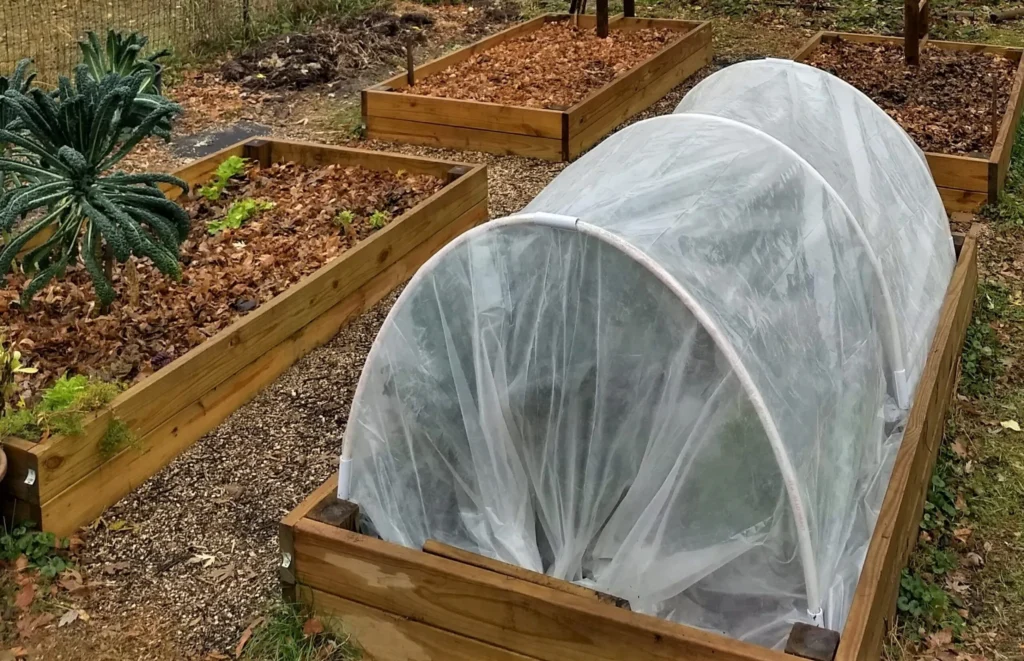
- Timing: Install covers before the first expected frost to prevent plant stress and damage.
- Ventilation: Open covers on warm days to prevent overheating and reduce disease risk from excess humidity.
- Secure Installation: Anchor edges with soil, stakes, or weights to prevent covers from being displaced by wind.
- Layering: For extreme cold, combine covers (e.g., row cover under hoop house) to enhance insulation.
- Maintenance: Check plants regularly for pests, water needs, and signs of disease under the cover.
- Harvesting: Frequent picking encourages continued growth, especially for leafy greens and tender vegetables.
By following these best practices, gardeners can maximize the benefits of season-extending covers while maintaining healthy, productive plants.
Advantages Beyond Extending Harvests
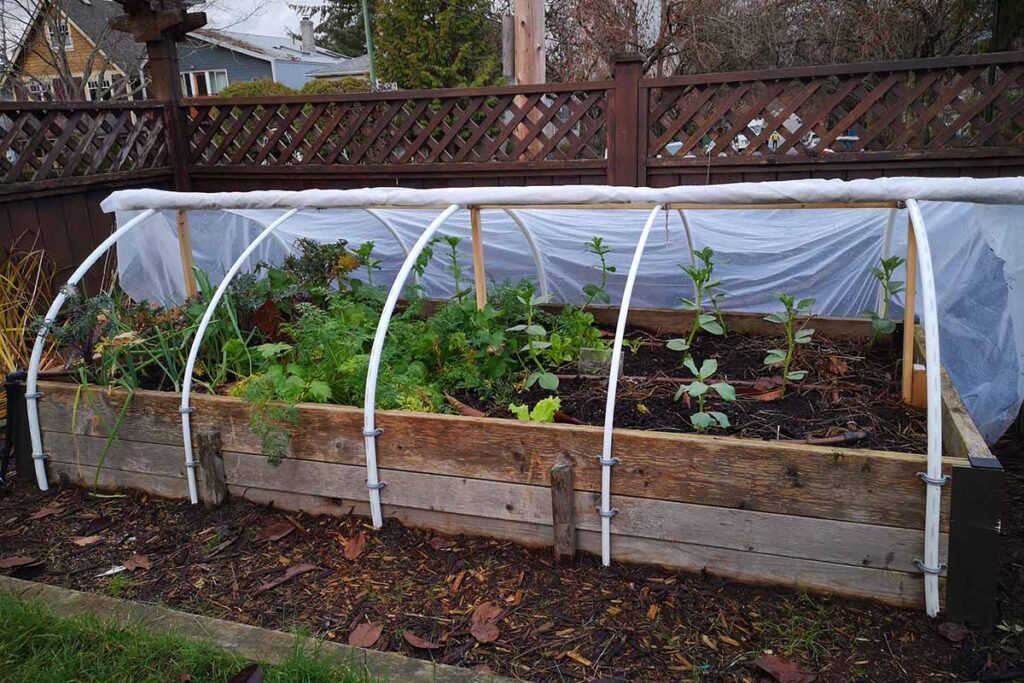
Season-extending covers offer benefits beyond prolonging the growing season:
- Improved Flavor: Many vegetables, such as carrots, kale, and spinach, become sweeter under cooler, protected conditions.
- Reduced Pest Pressure: Covers shield crops from common late-season pests like aphids and caterpillars.
- Efficient Use of Garden Space: Keeps garden beds productive instead of leaving them idle during cold months.
- Flexibility in Crop Planning: Allows gardeners to experiment with different crops or late-season varieties that might otherwise fail outdoors.
Covers essentially create a controlled microenvironment, enabling plants to thrive despite external weather challenges.
Conclusion
Season-extending covers are an essential tool for gardeners aiming to maximize productivity and enjoy fresh produce well into late fall and early winter. Row covers, hoop houses, cold frames, and cloches all provide protection from frost, wind, and cold temperatures, creating a microclimate conducive to extended growth. By strategically selecting crops, properly installing covers, and following best practices for care and ventilation, gardeners can significantly prolong harvests and maintain a steady supply of nutrient-rich vegetables and herbs.
From leafy greens and root vegetables to herbs and tender crops, nearly any garden can benefit from season-extending covers. Implementing these techniques transforms a typical fall garden into a productive, resilient, and rewarding late-season oasis, allowing fresh homegrown produce to be enjoyed long after the peak growing season has passed.
With thoughtful planning, care, and the right tools, gardeners can confidently extend the harvest season, increase yields, and enjoy flavorful, healthy vegetables well into November and beyond.
